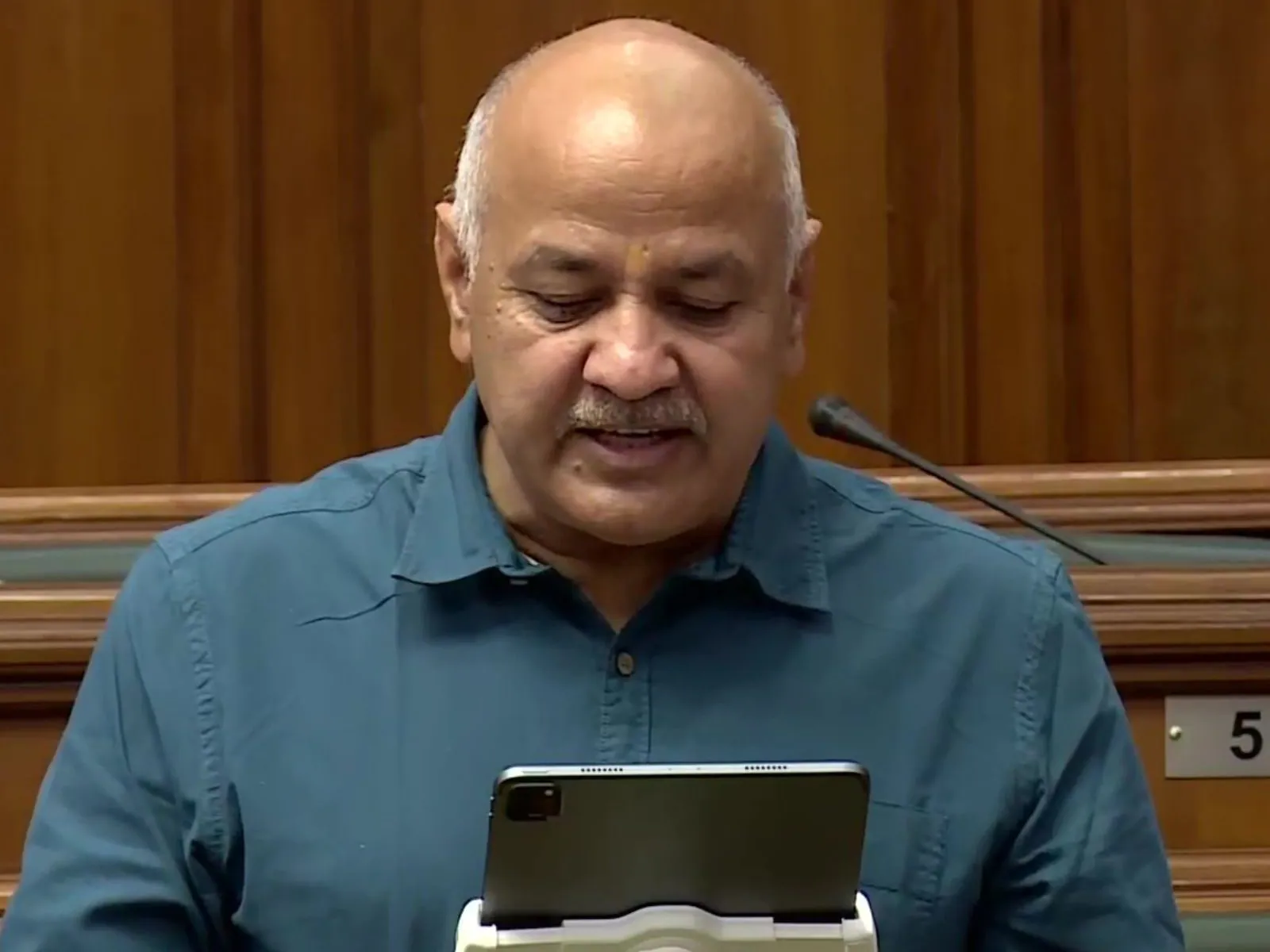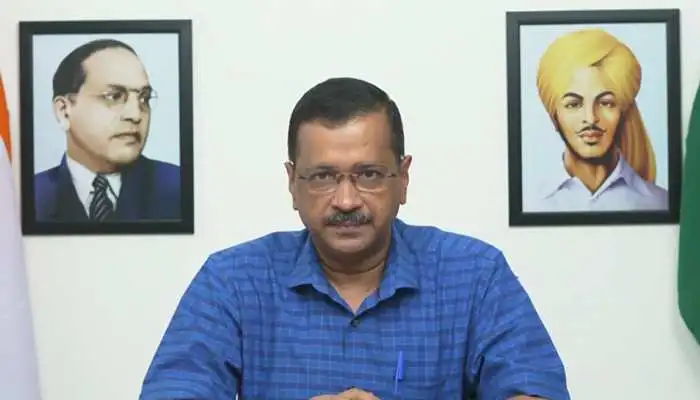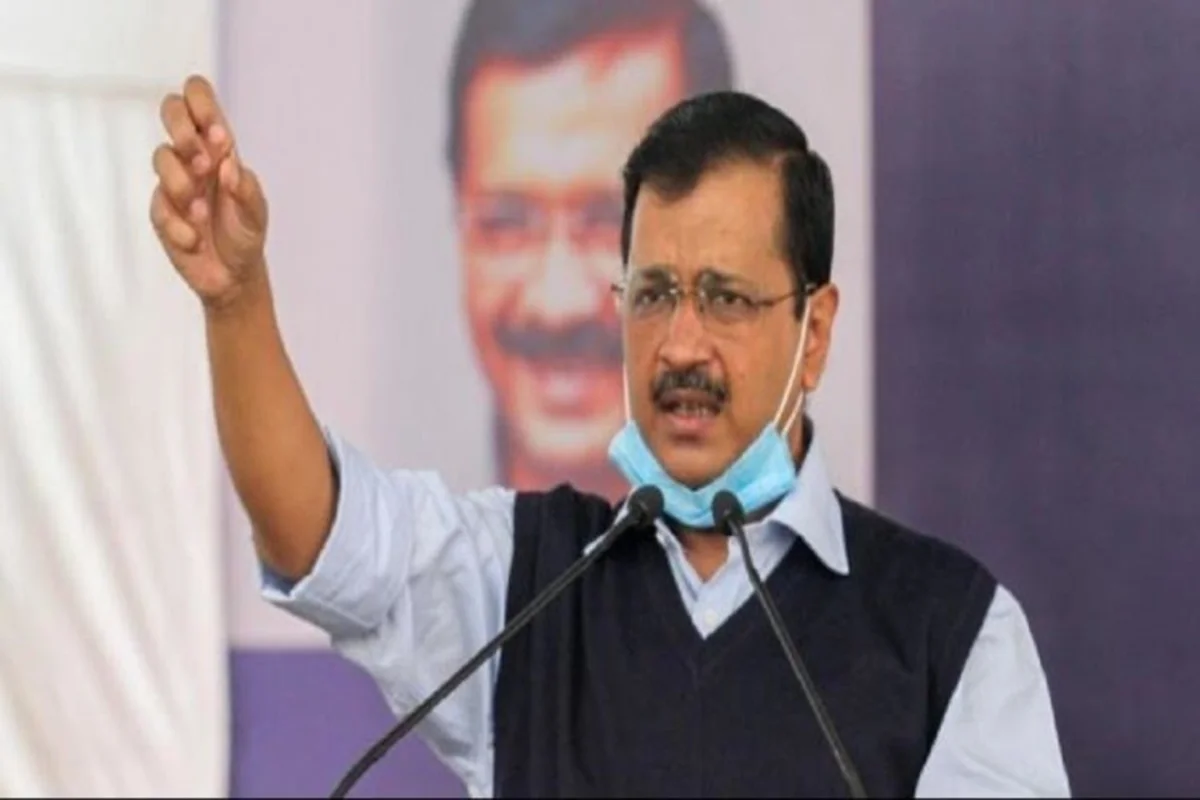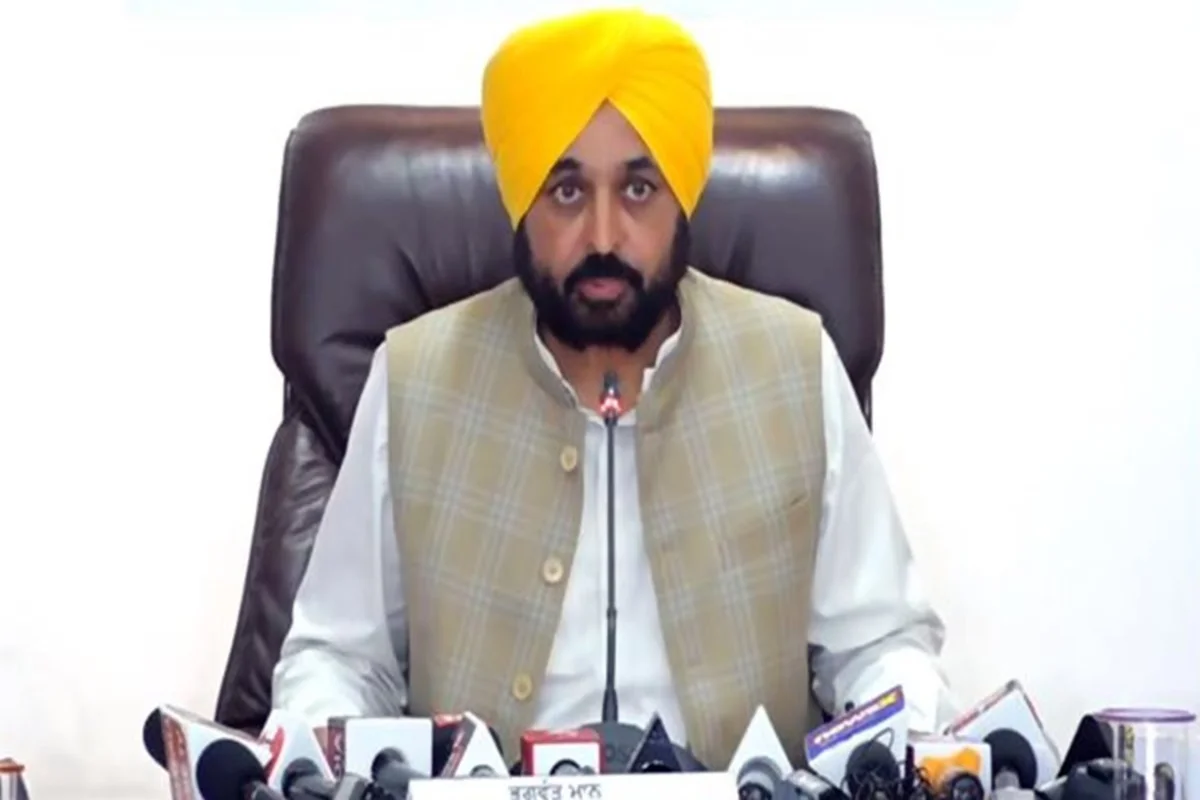NEW DELHI: In line with Chief Minister Arvind Kejriwal’s vision of cleaning the Yamuna, a crucial board meeting of the Delhi Jal Board was held today under the chairmanship of Deputy Chief Minister Manish Sisodia at the Delhi Secretariat. The meeting was also attended by DJB Vice-Chairman Saurabh Bhardwaj and senior officials of the concerned departments. Several important decisions were taken during the meeting including those on reduction of the Yamuna river’s pollution and further enhancement of the sewerage system in unauthorised colonies of the national capital. Apart from this, it was decided to allocate Rs 1367.5 crore for recycling and reusing water and up-gradation of 6 Sewer Treatment Plants (STPs) across Delhi. Deputy Chief Minister Manish Sisodia said that a connecting pipeline will be laid to carry water from Okhla STP to the Yamuna. Also, lakes will be developed near Okhla STP to recharge the groundwater. The total cost of the whole project worth Rs 1,855 crore was approved in the meeting.
Sewer lines will be laid in 4 villages including 13 unauthorized colonies of Delhi, 3 lakh people to be benefitted
The Kejriwal Government has decided to lay a sewer line of 26.5 km in 6 unauthorised colonies of Bijaswan along with a village of the area. This will benefit the population of about 50 thousand. At the same time, 1.5 MGD volume of water would be treated through this. Apart from this, 82.79 km of sewer line network will be laid in Najafgarh. Under this, about 1 lakh 65 thousand population of 1 village including 21 unauthorised colonies will be benefited. The Delhi Jal Board will be able to treat 4.75 MGD water through this. A sewer line of 17.25 km will be laid in Shikarpur, which will benefit 20 thousand people. Apart from this, a 35 km sewer line will be laid in 12 unauthorised colonies of Deoli and Sangam Vihar and a 24 km sewer line in Burari. It will benefit 30 thousand people living here. Deputy Chief Minister Manish Sisodia said that after laying the sewer line, about 3 lakh residents of the area would be benefited. Presently all sewage generated in these areas is discharged into local ponds, septic tanks, and stormwater drains. The discharge of the drain goes indirectly into the Yamuna. In such a situation, after laying sewer lines in about 13 unauthorized colonies and 4 villages, 8.25 MGD will help to treat water and only clean water will reach the Yamuna.
6 STPs of Delhi to be upgraded
A total of 6 STPs including Kondli STP, Coronation STP, Rohini STP, Pappan Kalan Lake Sewage Treatment Plant, Narela STP, and Nilothi STP will be upgraded in Delhi. To upgrade it, Rs 1367.5 crore will be spent by the Delhi government. Presently, the total capacity of these STPs is 160 MGD, which will increase to 205 MGD after the upgrade. Apart from this, modern technology will be adopted to polish the recycled water. Deputy Chief Minister Manish Sisodia said that the sewage will be treated to the latest parameters in these sewage treatment plants, which will clean the Yamuna. These STPs will be made with the latest technology with effluent standards of BOD and TSS to 10 mg/Litre. STPs will remove Nitrogen, and Phosphorous as well as pathogens. The capacity of Pappan Kalan STP will be increased from 20 MGD to 30 MGD. The treated water from the sewage treatment plant will be released into the existing lakes spread in 11 acres located in the STP premises.
Name of STP – Current Capacity – Post Upgrade Capacity – Upgraded Design (BOD:TSS)
Kondli STP 45 MGD 10/10
Coronation STP 30 MGD 10/10
Narela STP 10 to 15 MGD 10/10
Rohini STP 15 to 25 MGD 10/10
Pappan Kalan STP 20 to 30 MGD 10/10
Nilothi STP 40 to 60 10/10
What is BOD, COD, and TSS
The biological oxidation demand (BOD) of sewage water is up to 250. The dirty water is treated and brought up to 10. It is then discharged into the drain. BOD is the amount of oxygen that is consumed by bacteria while decomposing organic matter under aerobic conditions. The surrounding environment has the opposite effect. Skin diseases are caused by contact with water. Apart from this, TSS is also an important measure to check water quality. Total suspended solids (TSS) are the fraction of fine particles that remain in suspension in water. The lower it is, the better the water quality. The Kejriwal government is working diligently to make the entire process of treating sewage water cost-effective, time-saving, and environment-friendly.
Delhi Government committed to a campaign to make the capital city of lakes
Deputy Chief Minister Manish Sisodia said that the Delhi Government is in the process of making Delhi the City of lakes. 299 water bodies and 9 lakes are being developed by DJB. Many of these lakes and reserve revival of lakes and water bodies will also improve the biodiversity of the capital as well as improve the groundwater level in the surrounding area. At a given groundwater level, that water will also be able to be used to bridge the gap between the demand and supply of water. The help of experts is being taken to develop all the lakes and reservoirs of Delhi, so that along with their beautification, they can also help in recharging the groundwater. Apart from this, the treated water from Mehrauli STP will be supplied to DLF Chattarpur, Satbari, and Radhe Mohan Drive farmhouse, so that the problem of water withdrawal from the borewell can be solved. A connecting line will be laid to carry water from Okhla STP to the Yamuna river.
Lakes will be developed near STP
A connecting line will be laid to carry water from Okhla STP to Yamuna river. Along with this, small lakes will be developed near Okhla STP to recharge the groundwater. So that water will be released from STP into lakes. Excess treated water will be released into Yamuna. Apart from this, treated water will also be transported from Okhla STP to NTCP Ecopark Badarpur. Deputy Chief Minister Manish Sisodia said that the Delhi government has taken an initiative to treat water through chemicals in various sewerage treatment plants. With the help of this unique technology, sewer water is being treated in a better way at Okhla STP. This is the reason why water quality has improved in many STPs. By treating sewage water with modern technologies, the government has been able to reduce the cost used for civil works and the purchase of heavy machinery.
The main objective of the Kejriwal government is to clean the Yamuna on a priority basis
Deputy Chief Minister Manish Sisodia said that it is the job of the government to develop water and sewer infrastructure. “People pay taxes, that’s why they have a right to infrastructure. The Kejriwal government has set a target to clean the Yamuna river completely in the next three years. Under this, there is a plan to connect 100 percent houses in Delhi with a sewer line. Chief Minister Arvind Kejriwal has given the responsibility of cleaning the Yamuna by February 2025 to the Jal Board, just as the Delhi government rejuvenated schools and hospitals in the last term, this time the main objective is to clean the Yamuna on a priority basis,” he said.
Keep watching our YouTube Channel ‘DNP INDIA’. Also, please subscribe and follow us on FACEBOOK, INSTAGRAM, and TWITTER.











